Have you ever thought that the shoe size, foot length, and foot width that we usually see are actually just "two-dimensional information" of the feet? And our feet are a three-dimensional block with complex structures and various shapes.
Traditional measurement methods can often only record length and width, but cannot accurately grasp key three-dimensional parameters such as arch height, instep curve, and heel shape.
At this time, the plantar 3D scanner came into being. It is like a "physical examination camera" customized for the feet, which can reconstruct a three-dimensional model of a pair of feet in a few seconds, so that every detail of the feet is clearly visible.
Today, we will take you to find out: How does the plantar 3D scanner achieve this "magical" function?
Step 1: Preparation before scanning, both feet must also "stand in line"
Before performing a three-dimensional scan, the person being tested usually needs to stand or sit barefoot and place the feet naturally in the scanning area.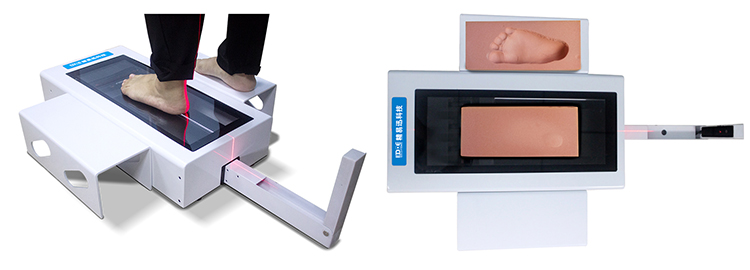
The system will adjust the scanning angle and area according to different needs. Some devices even support full foot 3D scanning, including the sole, instep, medial edge, lateral edge, and heel.
It is very important to maintain a natural state, because any unnatural posture may affect the accuracy of the scanning results.
Step 2: Precise acquisition by laser or structured light
The 3D scanners on the market mainly use laser scanning or structured light projection technology:
Laser scanning: By projecting a laser beam onto the surface of the foot, the reflected light points are captured by the sensor, and the spatial coordinates of each point are calculated by triangulation to splice a complete 3D model.
Structured light scanning: A set of striped light patterns are projected onto the foot. As the foot rises and falls, the light will be distorted.
The camera records these changes and performs deformation analysis through software algorithms to generate high-precision 3D images.
Regardless of the technology, a complete scan can be completed within 3-10 seconds, and the accuracy can usually reach 0.5 mm or even higher.
Step 3: Data processing and model reconstruction
After the scan is completed, the system will automatically process a large amount of point cloud data or image data, remove noise, calibrate the position, and perform grid modeling.
The final result is a realistic 3D foot model, which you can rotate 360 degrees to view every detail of the foot.
At the same time, the system will automatically calculate dozens of foot parameters, such as foot length, foot width, big toe angle, inversion angle, arch height, heel width, etc., to provide accurate data support for customized insoles, corrective shoes, and foot analysis reports.
The difference between 3D scanning and traditional measurement
Traditional manual measurement uses tools such as foot rulers, tape measures, and plaster molds. Due to the limitations of operating techniques, angle errors, and subjective judgments, the data is usually rough.
3D scanning is not only fast, contactless, and automated, but also can permanently save data, which is convenient for multiple comparisons and tracking of foot changes.
Especially in the fields of orthopedic medicine, children's foot development tracking, and elderly foot health management, 3D foot shape data is becoming a key basis for formulating intervention plans.
3D foot shape, opening the door to "private customization"
With the gradual popularization of 3D foot scanners, more and more customized products have emerged: customized insoles, corrective shoes, sports shoes, high-end leather shoes and other brands have introduced 3D scanning processes, realizing the leap from "one shoe for one thousand people" to "one thousand shoes for one thousand feet".
In the medical field, doctors can also customize braces, assess gait abnormalities, and develop rehabilitation plans for patients based on the three-dimensional foot shape.
Plantar scanning technology is not only a technology, but also a gateway to health and comfort.

 +86-0755-86131192
+86-0755-86131192 2025-05-07
2025-05-07 Back to list
Back to list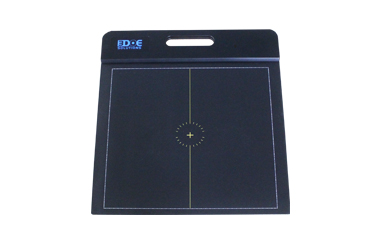
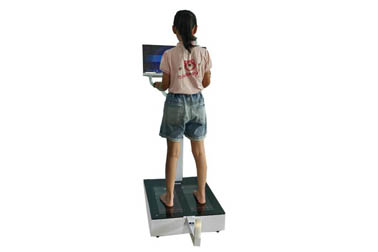
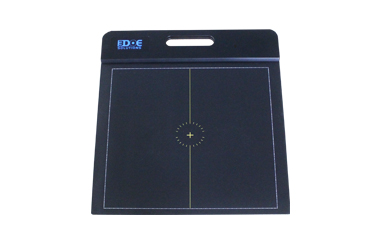
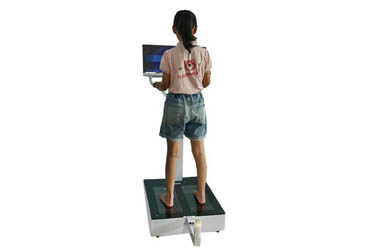
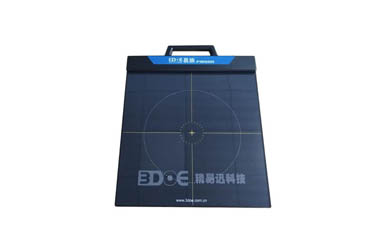
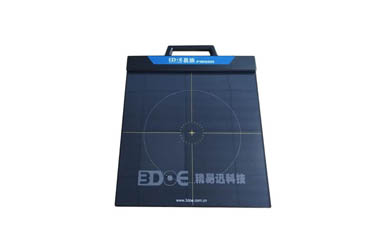



 +86-0755-86131192
+86-0755-86131192